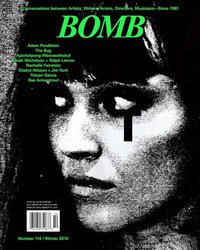For those of you who were interested in the TIna Barney “Sunday New York Times” photo at the MoMA photography show. Or for those of you who were engaged in our discussion about her work last Friday, you may want to go to this event. It requires an advance RSVP, but I believe it is free.
Facebook Link:
http://www.facebook.com/home.php?email_confirmed=1#!/event.php?eid=194673070562868
| Time |
Tuesday, February 22 · 7:00pm – 8:30pm
|
|---|---|
|
|
|
| Location |
192 Books
192 Tenth Avenue
New York, NY
|
|
|
|
| Created By | |
|
|
|
| More Info |
***Seating is limited, please call 212.255.4022 to make reservations.***
In “The Players”, Tina Barney expands her subject matter to include fashion, performers, and actors, as well as her own circle of friends. In her two previous books, Barney chose to look at families in America and their milieu and then carried on this examination of families in Europe. Now she combines commercial assignments dating back as far as 1988, with …editorial, fashion, and portraiture. Whether performing publicly or privately, they are all “players”. “The Players” is edited and designed by Chipp Kidd with text by Michael Stipe, and published by Steidl. Michèle Gerber Klein is a trustee of BOMB Magazine, the New Museum of Contemporary Art, the Cooper-Hewitt Smithsonian National Design Museum, and the Alliance Francaise. She writes frequently about art and fashion and is currently researching a book project on the last tapes of legendary designer Charles James. Please contact Paul Morris with questions at 718.636.9100×104. |









